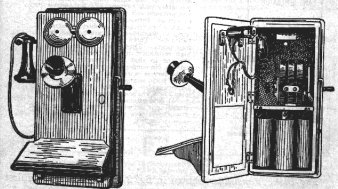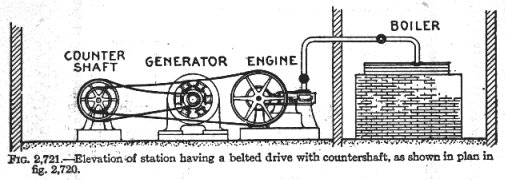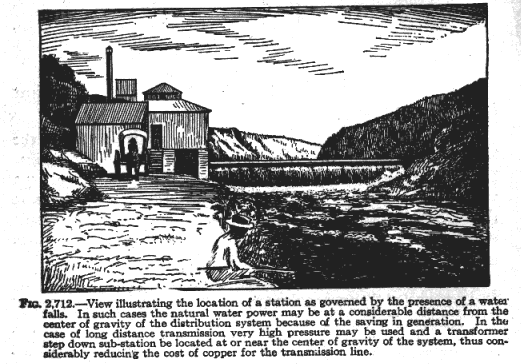Old Electrical Handbook
Today, an old handbook reminds us that we're smarter than we think. The University of Houston's College of Engineering presents this series about the machines that make our civilization run, and the people whose ingenuity created them.
I got this old Electric Handbook for three-fifty in a used bookstore. It cost a dollar in 1917. It has a lot to tell about life before WW-I. It's written in question-and-answer form. Over the title we read a sensible little non sequitur: "The Thought is in the Question. The Information is in the Answer."
This is Volume 7 of a 10-volume set. It tells about AC wiring, power stations, and a new gadget called the telephone. The rest of the set talks about telegraphy, street cars, elevators, electric motors, and such. It was typical of the times. My Boy Scout Manual, published in 1916, tells how to get a merit badge by making your own radio. The word radio isn't used here, but Volume 8 talks about wireless telephones.
As we read, we can only think how rigidly we partition knowledge today. The scope is astonishing. It explains electric theory along with the engines that drive dynamos. It treats building foundations, plant layout, and plumbing. It tells how to put a leather belt back on a pulley when it slips off.
I like the part on telephones. The basic phone is a wall box with a speaker in the middle. A hand receiver hangs on a hook to the side. On the other side is a crank for signaling the operator. Two bells on top summon you when you have a call. The bells are powered by two huge batteries in the box.
Those technologies were moving so quickly. Only 15 years earlier, my father came home from school to find his Aunt Lizzie shouting into one of those boxes. He'd never heard of the telephone. He wondered what on earth she was doing.
Now the handbook shows how the new portable phone works. Do you remember the black Bakelite stand, with the receiver on a hook and a wire to the bell box on the wall? Finally, they show us one with a dial. That was pretty new. The book doesn't have too much to say about it.
So we read the questions: "How are party lines run?" "How is long distance transmission made possible?" They tell of a time when we could understand things because we believed we could understand. We trusted our ability to ask and learn. And out of that came America's explosion into technological leadership.
That's how we should still look upon the engines of our ingenuity. For, after all, what one fool can do another can also do. The inside of your telephone has been miniaturized and sealed in plastic. But understanding it is no less within your grasp than it was in 1917. This old book reminds us how much we really can know -- if we only ask.
I'm John Lienhard, at the University of Houston, where we're interested in the way inventive minds work.
(Theme music)
Hawkins Electrical Guide. Number 7, ("Hawkins and Staff," eds.), New York: Theo. Audel & Co., 1917.



Of all these pictures from the Hawkins Electrical Guide, I'm most taken by the last. In it you see a horse and buggy passing by the new hydroelectric plant in the illustration.